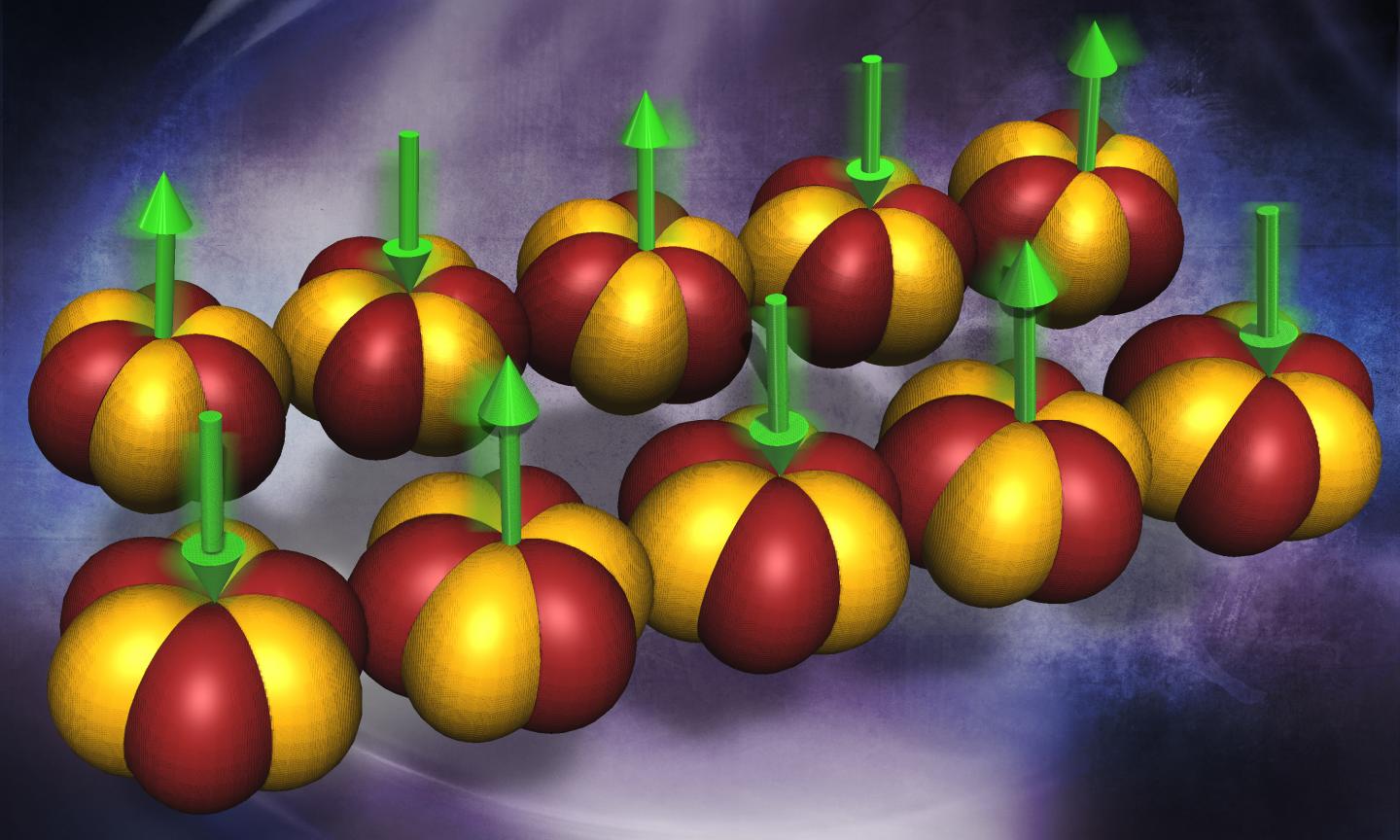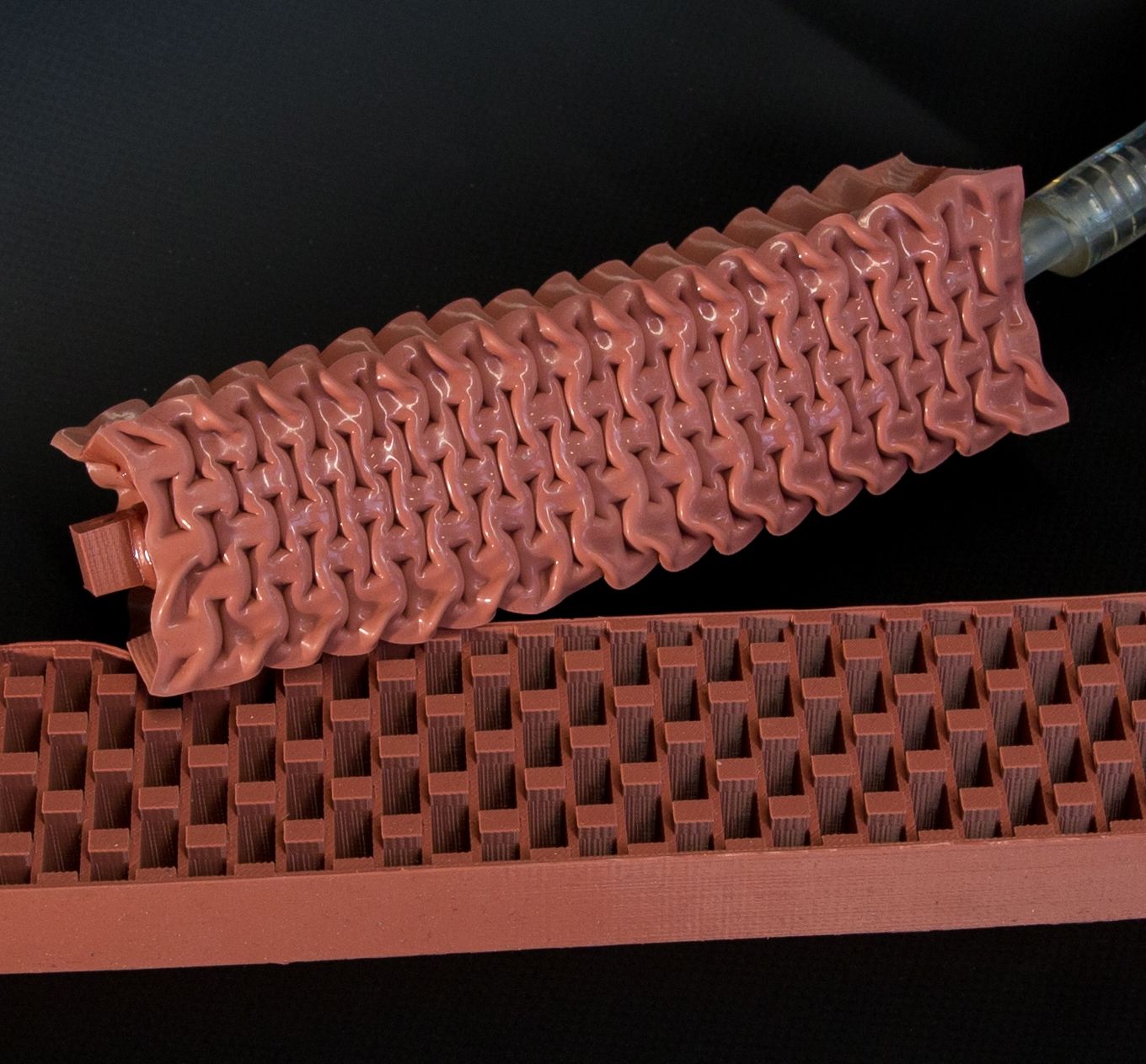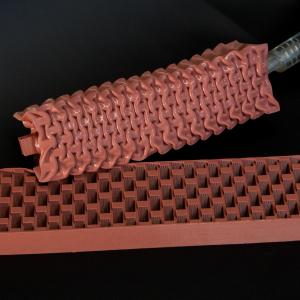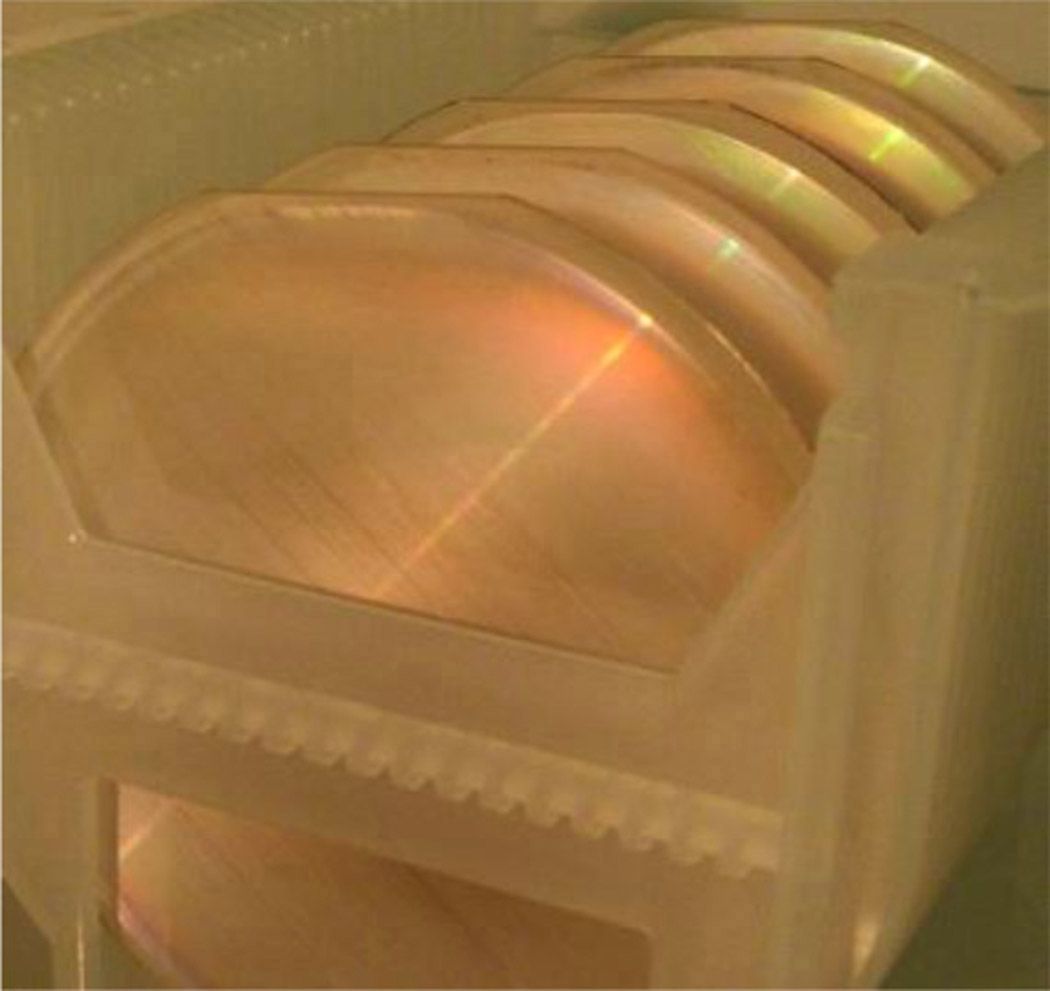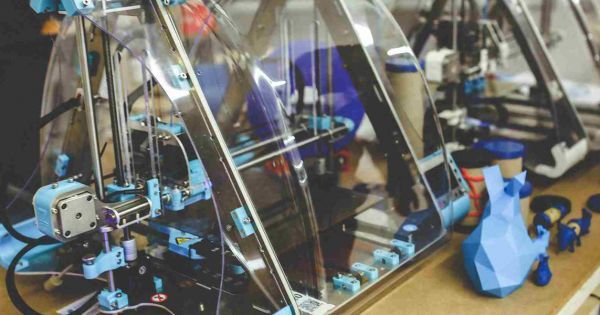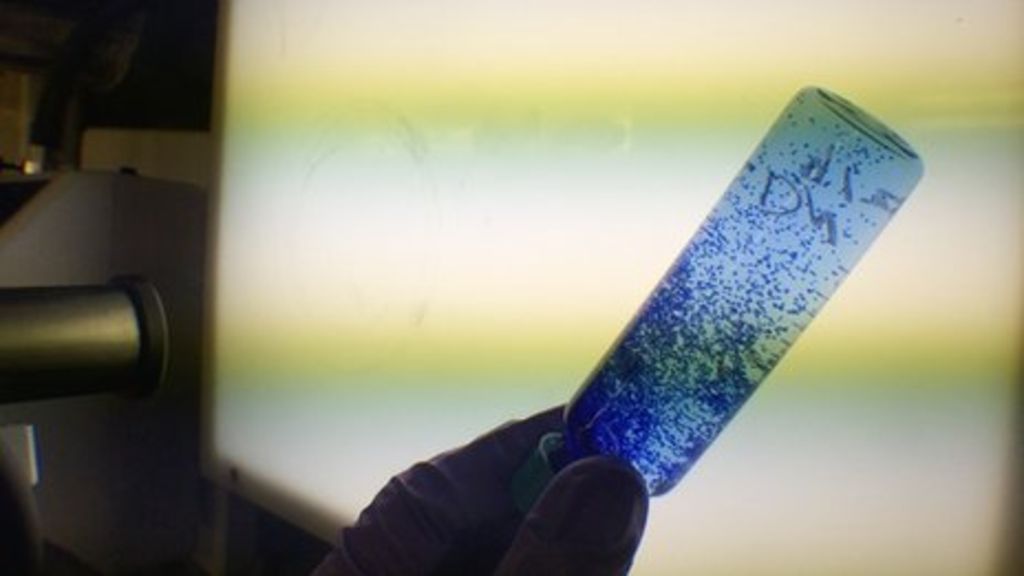More news on ORNL’s efforts around magnetic excitations in the metallic compound ytterbium-platinum-lead (Yb2Pt2Pb).
Researchers at the Department of Energy’s Oak Ridge National Laboratory and their collaborators used neutron scattering to uncover magnetic excitations in the metallic compound ytterbium-platinum-lead (Yb2Pt2Pb). Surprisingly, this three-dimensional material exhibits magnetic properties that one would conventionally expect if the connectivity between magnetic ions was only one-dimensional. Their research is discussed in a paper published in the journal Science.
An electron can theoretically be understood as a bound state of three quasiparticles, which collectively carry its identity: spin, charge and orbit. It has been known that the spinon, the entity that carries information about electron spin, can “separate” itself from the others under certain conditions in one-dimensional chains of magnetic ions such as copper (Cu2+) in an insulating host. Now, the new study reveals that spinons are also present in metallic Yb2Pt2Pb.
The experimental team included ORNL postdoctoral researcher and lead author Liusuo Wu, Georg Ehlers, and Andrey Podlesnyak, instrument scientists at ORNL’s Spallation Neutron Source (SNS), a DOE Office of Science User Facility. The team made use of the neutrons’ sensitivity to magnetic fluctuations at the atomic scale and the world-leading capabilities of the SNS Cold Neutron Chopper Spectrometer (CNCS) instrument.
